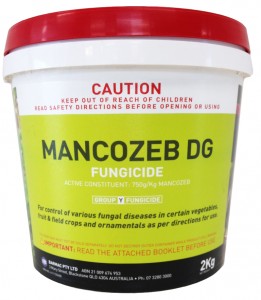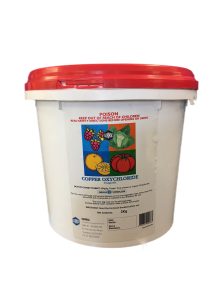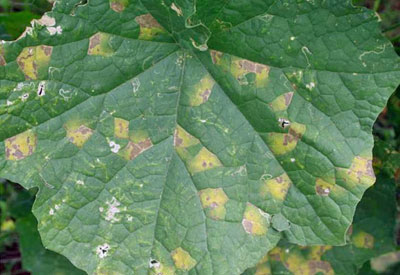
Downy Mildew in Cucurbits
A fungal disease, downy mildew affects many plants and appears as yellow to white patches on the upper surfaces of older leaves. On the undersides, these areas are covered with white to grayish, cotton-like fungi. These “downy” masses are most often noticed after rain or heavy dew and disappear soon after sunny weather resumes. As the disease progresses leaves may eventually turn crisp and brown and fall off even though the plant has ample water. Downy mildew occurs mostly in cool, moist weather, usually in early spring or late autumn. This disease overwinters on plant debris and in the soil. Fungal spores can be carried by insects, wind, rain or garden tools.
How to control Downy Mildew in Cucurbits
Mancozeb DG

Mancozeb DG is a dry flowable preventative fungicide formulation for the control of certain fungal diseases in ornamentals and turf. Economical crop… Read More
Read moreCopper Oxychloride

Copper Oxychloride is for the control of fungal and bacterial diseases in fruit and vegetable crops, citrus, stone fruit, pome fruit… Read More
Read more